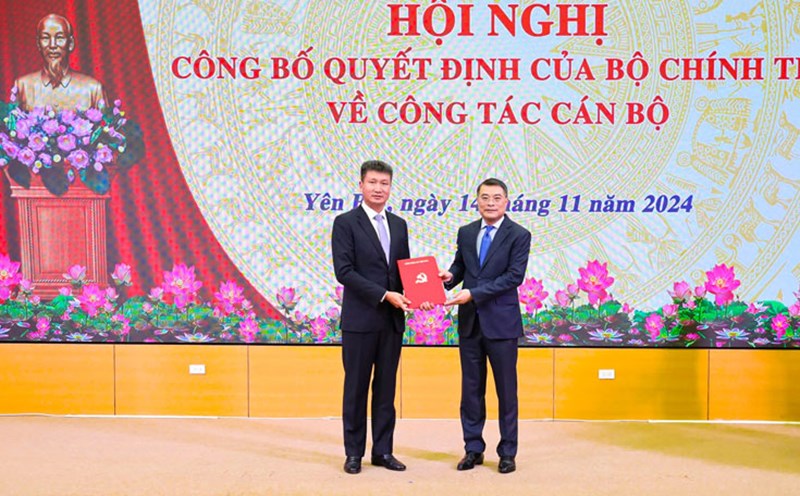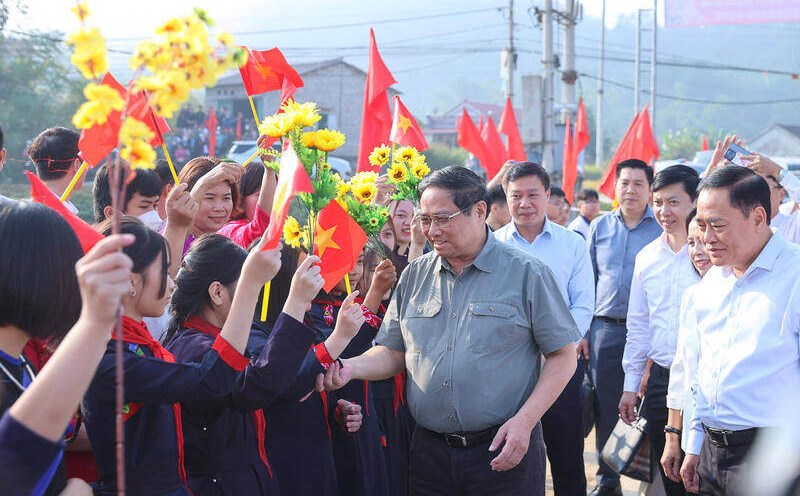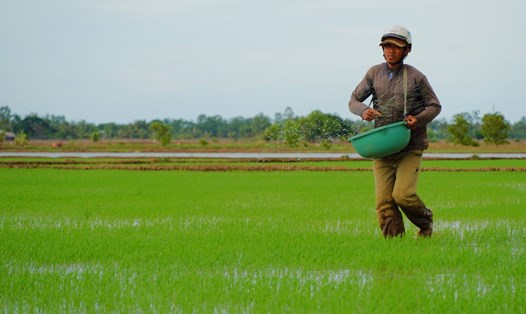According to the National Center for Hydro-Meteorological Forecasting, from October to December 2024, the ENSO phenomenon is likely to transition to La Nina state with a probability of 60-70%. The rainy season in the South may end later than usual (around the second half of December 2024).
In November, according to the Southern Institute of Water Resources Planning, high tides are forecast to be high (the highest in 2024), with a high risk of flooding in low-lying areas and main riverside areas in the central and coastal regions of the Mekong Delta.
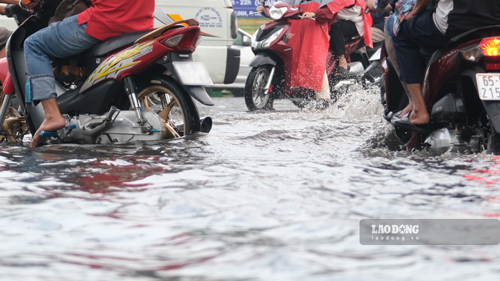
Faced with complicated weather conditions, especially during the preparation period for the winter-spring rice crop, farmers in some areas of the West have proactively invested in pumps and reinforced embankments.
Learning from the damage caused by storms last season, this season Mr. Nguyen Van Tu (Phung Hiep district, Hau Giang province) proactively bought more rice in reserve, in case his fields were flooded and he couldn't handle it.
"The previous rice crop was sown and it rained continuously, the rice was buried and did not germinate. Due to subjectivity, the high price sold out, so there was a shortage of rice to store, that time I had to borrow rice from my neighbor. Learning from experience, this winter-spring crop, I bought and stored 100kg of Dai Thom 8 rice, in case of a second sowing," said Mr. Tu.
It is known that this farmer uses certified rice varieties (seeds are multiplied from original seeds and meet quality standards according to regulations), so the price is higher than normal rice varieties. On average, Mr. Tu will need 100-150kg of rice seeds for 1 hectare, the selling price is about 30,000 VND/kg. This crop, Mr. Tu had to spend about 3 million VND more to buy rice for reserve.
Having just planted 1 hectare of rice, Mr. Nguyen Van Mai's family (Thoi Lai district, Can Tho city) is actively visiting the field, promptly pumping water if heavy rain causes flooding.
"If it continues, there is a risk of drought and salinity at harvest time, so when the water recedes, I try to get the ears to form and sow early. The newly sown rice is still weak, if there is a heavy rain and we don't have time to pump out the water, the damaged area will be large," said Mr. Mai.
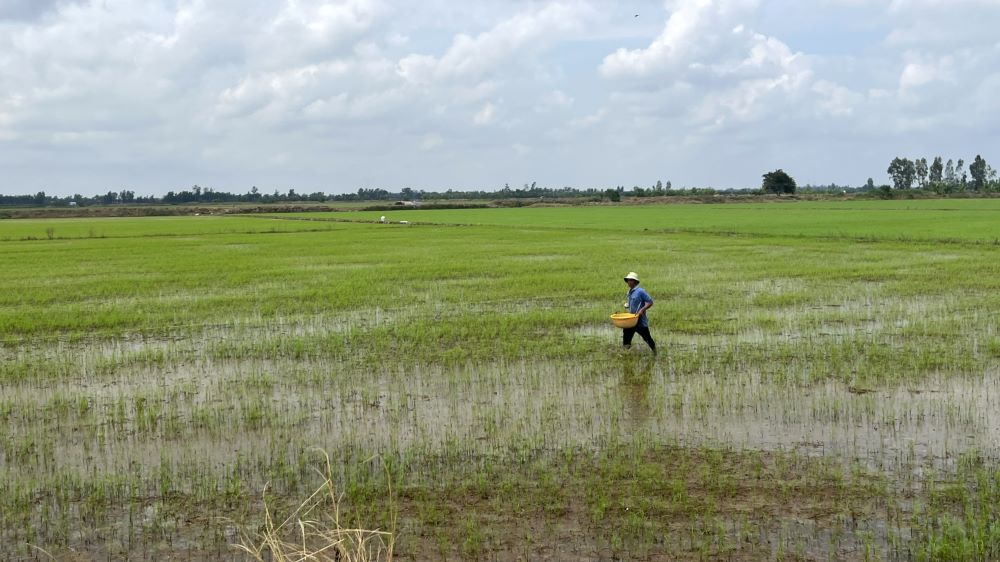
According to the sowing schedule of the Department of Agriculture and Rural Development of Hau Giang province, the 2024-2025 winter-spring rice crop will be divided into 3 phases. Phase 1 from November 11-17, 2024 for areas with closed dikes, complete drainage pumping systems to ensure avoiding the effects of high tides, and areas at risk of saltwater intrusion.
Phase 2 from December 9-15, 2024 for the main winter-spring rice crop in the province and from January 9-15, 2025, phase 3 sowing for low-lying areas, where flood waters recede slowly and sow late every year.
To minimize damage caused by storms, high tides, and floods, the Department of Agriculture of localities recommends that farmers comply with the sowing schedule, proactively and closely monitor developments and forecasts of rain and floods to promptly respond to unusual developments; promptly organize repairs and reinforcement of dikes, embankments, and works at risk of incidents or showing signs of being unsafe.
In addition, proactively operate irrigation works to effectively prevent and combat flooding, serve production, people's lives and ensure safety of works...




